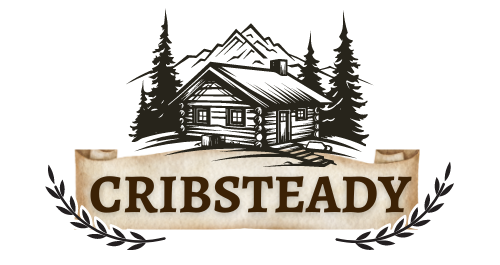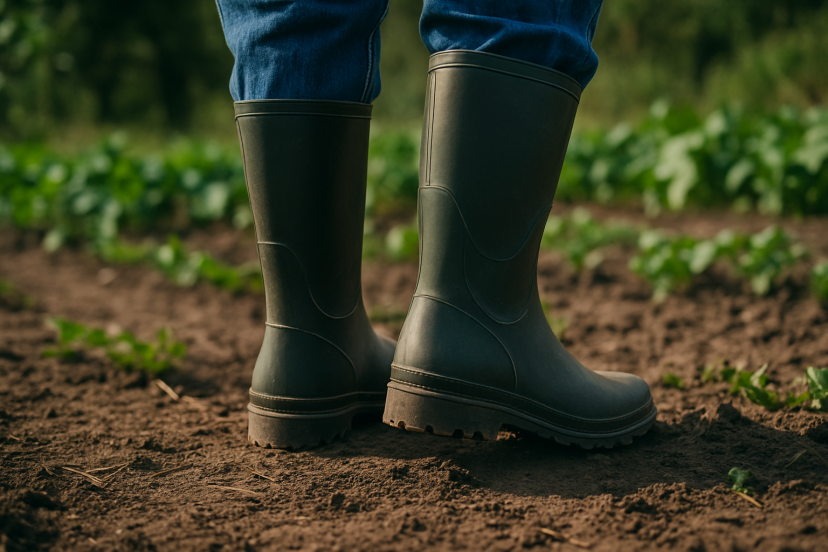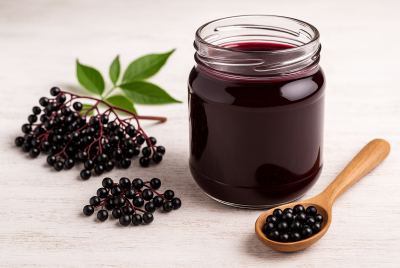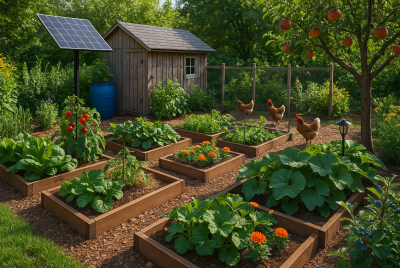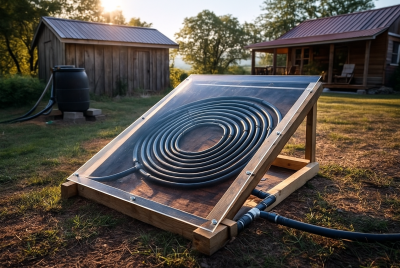7 Best Gardening Boots Every Homesteader Needs
We may earn a commission for purchases made using our links. Please see our disclosure to learn more.
Have you ever started a day of homestead chores only to end up with wet socks, sore arches, and muddy floors? Without proper footwear, even simple tasks like tending the garden or feeding animals can leave you uncomfortable and drained. The good news is that the right pair of gardening boots can turn that struggle into support, comfort, and protection that lasts through every season. In this article, we’ll explore why boots matter on the homestead, what features to look for, and our top picks for the best gardening boots every homesteader should own.
Why Are Gardening Boots Essential for Homesteaders?
Homesteading demands resilience, and that extends to your footwear. Long hours in mud, rain, or icy ground quickly remind you why ordinary shoes don’t cut it. A dependable pair of gardening boots provides the protection and comfort needed to handle daily chores without distraction.
As noted in this guide on rubber boots for work and garden, waterproof boots insulate your feet, shield them from liquids, and stand up to constant use. They aren’t just convenient—they’re practical tools for year-round reliability.
Comfort and safety are equally important. Insights from boots for landscaping emphasize traction, cushioning, and a secure fit as must-have features. These prevent slips, reduce fatigue, and make long hours more bearable. For homesteaders, choosing the right boots isn’t a luxury; it’s a necessity that keeps you moving productively through every season.
What to Look for in Gardening Boots
Choosing the right boots isn’t just about style. It’s about matching your gear to your workload. Here are key factors to weigh before you buy:
Comfort and Support
Cushioned insoles and proper arch support prevent sore feet and knees after long hours. Look for models with removable liners or orthotic-friendly designs if you need extra support.
Durability and Weather Resistance
Homesteading means constant exposure to mud, water, and sun. Rubber and neoprene boots offer waterproofing, while reinforced seams help them withstand daily use. A pair that lasts multiple seasons saves money in the long run.
Traction and Safety
Barns and gardens get slippery. Deep tread patterns and slip-resistant soles reduce accidents, whether you’re walking across wet grass or carrying feed on icy mornings.
Ease of Cleaning
Mud-caked boots are a given. Smooth-surface rubber boots are easier to rinse off than textured or fabric-lined options.

7 Best Gardening Boots for Homesteaders
After comparing durability, comfort, and reviews, here are seven of the best options for homesteaders in 2025:
1. Muck Boot Chore Classic
These boots are legendary among farmers. Made with waterproof neoprene and a breathable lining, they balance warmth and comfort. The steel shank offers extra support for heavy lifting, while the rugged sole grips even the slickest barn floor.
2. Bogs Classic High Waterproof Boot
Bogs are known for their comfort. With four-way stretch neoprene, they fit snugly while allowing flexibility. The insulation keeps feet warm down to -40°F, making them a go-to for northern homesteaders. The self-cleaning outsole means less mud clinging to your boots.
3. Sloggers Waterproof Comfort Boot
For quick chores or lighter work, Sloggers are an affordable favorite. They’re lightweight, easy to slip on, and come in cheerful designs that brighten muddy mornings. While not as rugged as Muck or Bogs, they’re perfect for garden beds or chicken coops.
4. Ariat Rubber Work Boot
Ariat is trusted by ranchers for good reason. Their rubber work boots combine durability with cushioned insoles that feel like sneakers. These are great for homesteaders who need one pair of boots to move seamlessly from barn tasks to fieldwork.
5. Dunlop Protective Footwear
If you raise livestock or work with farm chemicals, Dunlop boots are worth a look. Designed for industrial use, they resist oils, chemicals, and abrasion. They’re heavier than other options, but that sturdiness pays off in demanding conditions.
6. HISEA Mid-Calf Garden Boot
HISEA offers budget-friendly boots that don’t skimp on quality. Their mid-calf design gives flexibility while keeping you dry. Breathable mesh lining helps regulate sweat, making these a good summer boot for homesteaders in warmer climates.
7. Kamik Hunter Boot
When winter hits, Kamik boots shine. With removable liners and waterproof rubber shells, they’re designed for snow and slush. They’re not just gardening boots—they’re four-season workhorses built for homesteaders in colder areas.
| Product | Material | Height | Key Features | Best For | Price Range |
|---|---|---|---|---|---|
| Muck Boot Chore Classic | Neoprene & Rubber | Knee | Waterproof, breathable lining, steel shank support | Heavy-duty farm & garden work | $$$ |
| Bogs Classic High Waterproof Boot | Neoprene & Rubber | Knee | Insulated (-40°F), slip-resistant, self-cleaning outsole | Cold climates & wet conditions | $$$ |
| Sloggers Waterproof Comfort Boot | Rubber | Mid-Calf | Lightweight, slip-on, colorful designs | Light gardening & chicken coops | $ |
| Ariat Rubber Work Boot | Rubber | Mid-Calf | Cushioned insole, durable build | All-around homestead chores | $$ |
| Dunlop Protective Footwear | PVC | Knee | Chemical/oil resistant, heavy-duty | Livestock & industrial tasks | $$ |
| HISEA Mid-Calf Garden Boot | Rubber & Mesh Lining | Mid-Calf | Breathable, waterproof, budget-friendly | Summer gardening | $ |
| Kamik Hunter Boot | Rubber with Removable Liner | Knee | Insulated, waterproof, rugged outsole | Snow & winter chores | $$ |

Care Tips to Extend the Life of Gardening Boots
A good pair of boots deserves good care. Here’s how to get the most from your investment:
- Rinse daily: Hose off mud and manure to prevent buildup.
- Dry properly: Let them air dry at room temperature; avoid heat that cracks rubber.
- Store smart: Keep them upright to maintain shape and prevent creasing.
- Condition rubber: Use boot conditioner occasionally to keep material flexible.
A little maintenance ensures your boots serve you for years instead of months.
Conclusion
The right gardening boots are the foundation for your homesteading lifestyle. They keep you steady in mud, warm in winter, and supported through long days of work. By investing in quality boots and caring for them properly, you protect your health, comfort, and productivity. Choose a pair that fits your climate, workload, and budget, and you’ll wonder how you ever managed without them. If you enjoy practical homestead projects, check out our guide on making homemade beeswax candles to bring warmth and self-reliance into your home.
FAQs
1. What’s the difference between gardening boots and rain boots?
Gardening boots are designed for work, with stronger soles, better support, and more durability than fashion-focused rain boots.
2. Should I size up when buying gardening boots?
If you wear thick socks or liners, sizing up can help. Otherwise, most brands run true to size.
3. Is it possible to use gardening boots during winter?
Yes, especially insulated models like Bogs or Kamik. Just be sure they have enough warmth for your climate.
4. How do I prevent blisters from gardening boots?
Wear moisture-wicking socks, break in new boots gradually, and choose boots with cushioned insoles.
5. Are expensive boots worth it for homesteading?
Absolutely. Higher-priced boots often last multiple seasons, saving money compared to replacing cheaper pairs frequently.
